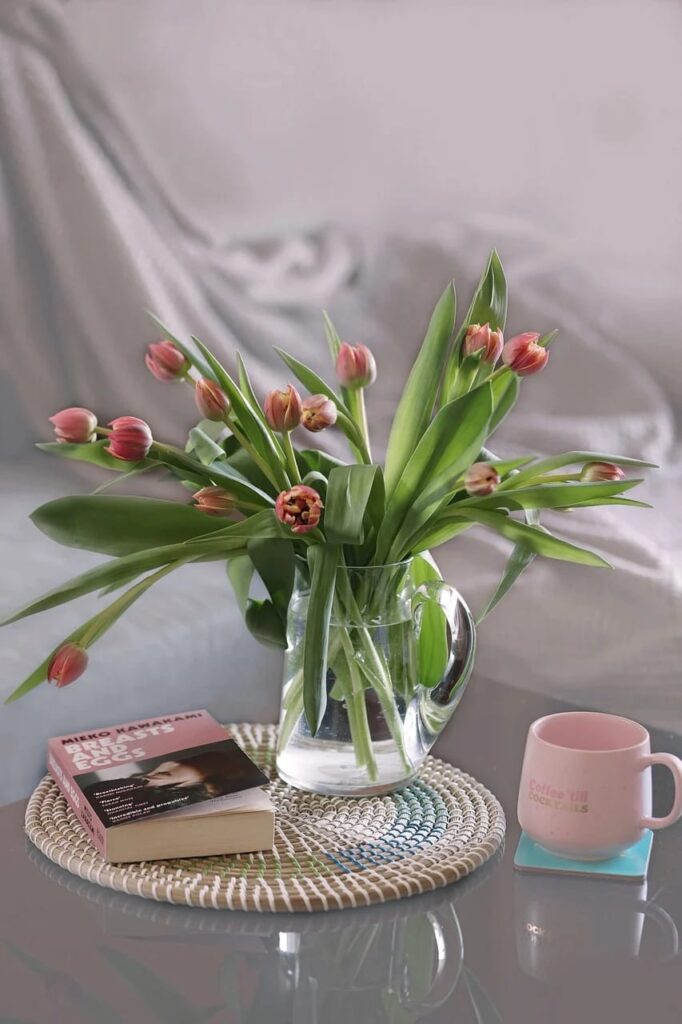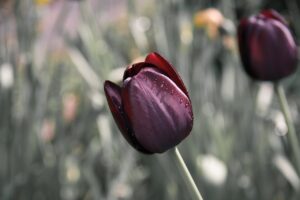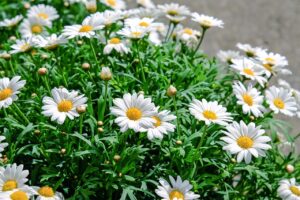
Fresh Flowers are a timeless way to add joy, beauty, and elegance to any setting. However, their short lifespan might be annoying. With the right care and practices, you can considerably extend the freshness of your flower, keeping them vivid for as long as possible. This comprehensive guide how to keep fresh flowers includes precise, concrete recommendations for enjoying your bouquets for weeks.
The Science of Flowers Freshness
What Causes Flowers to Wilt?
Flower wilt mostly because they lose their ability to absorb water efficiently.here’s why:
- Dehydration: Flower absorb water through their stems. When flow is obstructed, whether by air bubbles or drying stems, the petals lose moisture and wilt.
- Bacteria Growth: Stagnant water in a vase can provide a breeding habitat for germ, clogging the stems and preventing appropriate hydration.
The Function of Temperature and Humidity

Temperature and humidity play an important role on flower longevity.High temperatures promote evaporation and aging, whilst low humidity dries out the petals. Flower flourish in cold, somewhat humid environments that match their natural habitat.
prepping Flowers for Longevity
Choosing Fresh Flowers
Begin with the freshest blooms to extend their life. When buying flower, Keep these ideas in mind:
- Inspect Petals: Select flower with bright, undamaged petals, Avoid blossoms with bruised or browned margins.
- Check the Stems: Healthy stems should be firm and wet, not slimy or dried.
- Choose Closed Buds: For flowers like roses and lilies, choose buds that are just beginning to open to provide a longer-lasting show.
Proper Cutting Techniques
Cutting the stems properly enables optimal water absorption:
- Use Sharp Tools: Dull scissors can crush stems and reduce water flow. Use a sharp knife or floral shears.
- Cut at a 45-degree angle: This enhances the surface area for water absorption.
- Re-Cut Stems Under Water: While trimming, submerge the stems in water to prevent air bubbles from blocking the flow.
The Best Techniques for Arranging Flowers

Clean the vase thoroughly.
Before you arrange your flower, clean the vase with hot, soapy water to remove dirt and bacteria. Use a bleach-to-water mix to increase cleaning. Rinse carefully to prevent residue.
Adding Water and Flowers Food
- Fill the Vase With Fresh Water: Use lukewarm water to promote absorption. Avoid using hot water, as it might damage delicate petals.
- Use Flower Food: Flower food contains nutrients that nourish the blooms as well as antibacterial substances. If you do not have commercial flower food, you can manufacture your own by mixing:
1 teaspoon of sugar.
1 teaspoon of white vinegar.
A few drops of bleach.
How to Stay Fresh Over Time
Changing the Water Frequently
Changing the Water every two days is critical to keeping your flower fresh. Bacteria multiply quickly in stagnant water, so clean the vase, replenish it with fresh water, and cut the stems every time.
Trimming Stems Daily

Trim flowers daily for optimal results. Cut around 1 by 4 inch off the stems to remove obstructions and enhance water intake.
Keeping Flowers Safe from Heat and Sunlight
Place your flower in a cool, shaded area. Avoid areas with heaters, radiators, or sunny windows. Heat and direct sunlight speed up evaporation and aging.
Natural Ways to Keep Flowers Fresh:
Using Household Items
Surprisingly, simple home things can help prolong the life of your flowers.

- Aspirin: crush one tablet and add it to the water to reduce the pH and increase water absorption.
- Sugar and Vinegar: Add 1 tablespoon each to the water to provide nutrients while inhibiting bacterial developments.
- Coins: A copper penny in the vase serves as a natural antibacterial.
Refrigeration Tips
Refrigerating flowers overnight can significantly extend their life. Take these steps:
- To avoid moisture loss, wrap the flower loosely in plastic or paper.
- Place the vase in the refrigerator at around 40°F (4°C).
- Avoid frigid temperatures, as they might damage flowers.
Specific Care Instructions for Popular Flower
Flower have different maintenance requirements. Here’s how to care for a few common varieties:
Roses

- To avoid bacterial growth, strip any leaves that would be below the waterline.
- Re-cut the stems underwater to keep them hydrate.
- Change the water every two days and add flower food for maximum freshness.
Lilies

- Remove the pollen sacs to prevent staining and extend the life of the petals.
- Lilies enjoy chilly weather, so keep them away from heat sources.
Tulips

- Tulips grow naturally, even after being clipped. Use a tall vase to hold them erect and place them somewhere cold.
- Tulips should not be overcrowded in a vase to allow them to grow properly.
Carnations
- Remove wilted petals as soon as they appear.
- Carnations are sturdy flower, but they require frequent water changes to prevent bacteria accumulation.
Troubleshooting Common Flower Problems
Drooping Flower
If the flowers begin to droop:
- Re-cut the stems under-water.
- Place the flower in warm water for 30 minutes to revive them.
Cloudy Water
Cloudy water suggest bacterial development. Change the water immediately, clean the vase, and trim the stems.
Wilting Despite Proper Care
If flowers wilt regardless of your efforts:
- Check the room’s temperature. High temperatures could be the issue.
- Trim stems periodically to prevent clogs.
The Environmental Aspects of Flower Care
Eco-friendly practices
It is not necessary to harm the environment when caring for flowers. Consider these tips:
- To lesson your carbon footprint, choose flower that are locally grown and seasonal.
- Use natural alternatives, such as sugar or vinegar, instead of manufactured chemicals.
Composting Old Flower
When your flower have reached the end of their lives, compost them rather than throwing them away. They will nourish the soil and help to create a sustainable environment.
Creative Ways to Display Fresh Flower
While keeping flower fresh is important,how you display them can affect their longevity and aesthetic appeal.
Use Floral Foam for Stability

If you’re arranging flower in a bowl or shallow vase, floral foam adds structure and holds water, keeping the blooms hydrate.
Choose the Right Vase
your vase’s form and size matter. A higher vase is recommended for tall flower, such as gladiolus. For larger bouquets, choose a bigger vase with a solid base.
Add decorative stones or beads
Put beautiful stones at the bottom of the vase. They are not only visually stunning, but they also provide stability to the stems.
Fun Facts about Flowers
Here are some fascinating facts about flowers:
- Sunflowers Swivel to Face the Sun: young sunflowers exhibit helio-tropism, which means they swivel their heads to follow the sun.
- Daffodils are Toxic to other Flowers: The sap from daffodils might reduce the life of other flower in the same vase. keep them separated.
- Carnations can Change Color: Immerse carnations in colored water and watch them take on the color of the dye!
Conclusion
Fresh Flower are more than simply decorations; they add vitality and enthusiasm to any space. Understanding the science underlying their maintenance, as well as using these tried-and-true methods and tricks, can allow you to enjoy your flower for much longer. Whether it’s a bouquet of roses, a vase of tulips, or a handful of wildflowers, proper care keeps them as vibrant and fresh as the day they arrived.

Pingback: 15 Stunning Types of White Flowers to Evaluate Your Garden's Elegance - flowersmarii.com